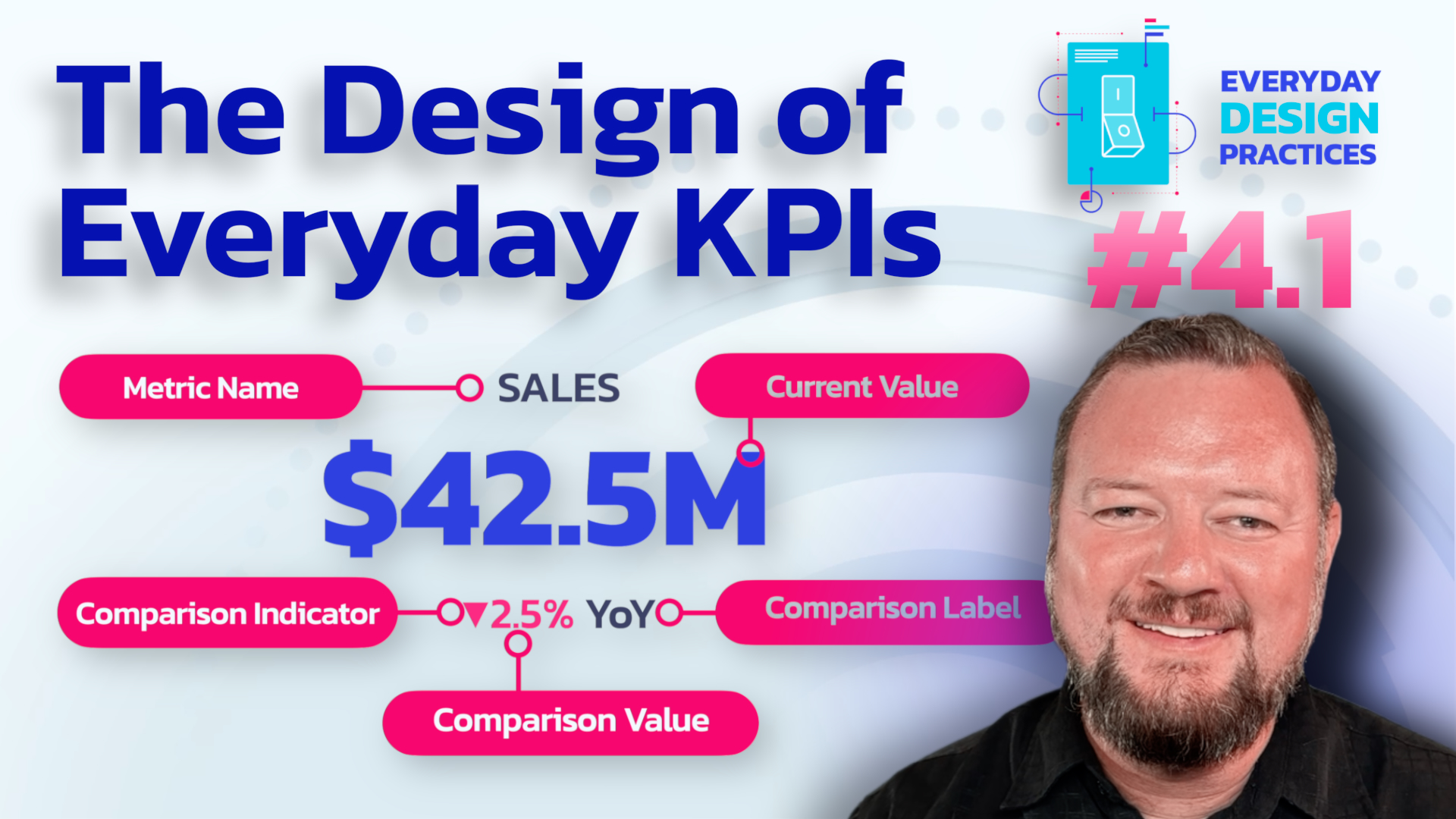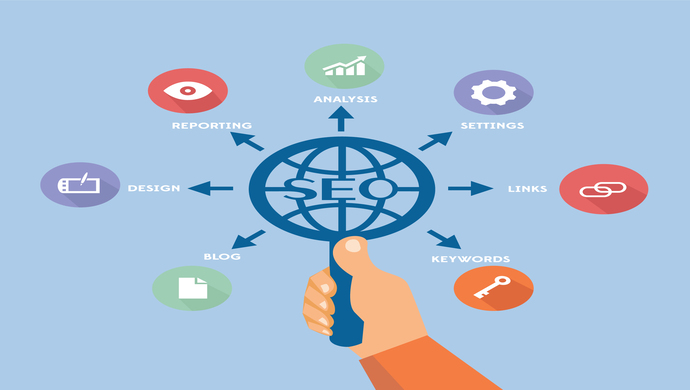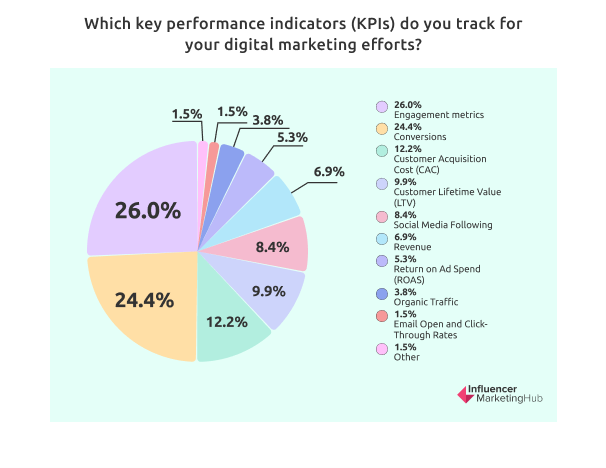“Decoding Success: A Deep Dive into Tech KPIs for Optimal Performance
Artikel Terkait Decoding Success: A Deep Dive into Tech KPIs for Optimal Performance
- Integration Testing: Ensuring Harmony In Your Software Symphony
- Packet Switching: The Backbone Of Modern Communication
- Navigating The Waters Of Transformation: A Comprehensive Guide To Change Management
- Federated Learning: Training AI Without Sharing Data
- The Rise Of The Digital Assistant: From Science Fiction To Everyday Reality
Table of Content
Video tentang Decoding Success: A Deep Dive into Tech KPIs for Optimal Performance
Decoding Success: A Deep Dive into Tech KPIs for Optimal Performance

In the ever-evolving landscape of technology, simply building and deploying isn’t enough. Success hinges on understanding how your technology is performing, identifying areas for improvement, and strategically aligning development efforts with business objectives. This is where Key Performance Indicators (KPIs) come into play. Tech KPIs are measurable values that demonstrate how effectively a company is achieving key business objectives related to its technology. Choosing the right KPIs, tracking them consistently, and analyzing the data they provide are crucial for driving growth, optimizing resources, and staying ahead of the competition.
This article will delve into the world of Tech KPIs, exploring their importance, categorizing them, providing examples, and offering guidance on how to effectively implement and leverage them for optimal performance.
Why are Tech KPIs Important?
Think of Tech KPIs as the navigation system for your technology endeavors. They provide a clear roadmap, illuminating the path towards success and highlighting potential roadblocks along the way. Here’s why they are so critical:
- Performance Measurement: KPIs provide concrete data to assess the performance of various aspects of your technology, from individual applications to entire infrastructure systems. This allows you to quantify progress, identify bottlenecks, and understand the impact of your development efforts.
- Informed Decision-Making: By tracking relevant KPIs, you gain valuable insights that inform strategic decision-making. For example, monitoring server response time can help you decide when to invest in additional infrastructure, while tracking user engagement metrics can guide product development decisions.
- Alignment with Business Goals: Tech KPIs should be directly linked to overall business objectives. This ensures that technology initiatives are contributing to the company’s bottom line and driving tangible results. For instance, a KPI focused on customer satisfaction with a mobile app directly supports the business goal of increasing customer retention.
- Continuous Improvement: KPIs provide a baseline for measuring improvement over time. By regularly monitoring KPIs, you can identify trends, track the effectiveness of implemented changes, and continuously refine your processes to optimize performance.
- Accountability and Transparency: KPIs foster accountability within technology teams by providing clear targets and metrics for success. They also promote transparency by making performance data readily available to stakeholders, fostering a culture of data-driven decision-making.
- Early Warning System: KPIs can act as an early warning system, alerting you to potential problems before they escalate. For example, a sudden drop in website traffic or a spike in error rates can signal underlying issues that need immediate attention.
![]()
Categorizing Tech KPIs
To effectively manage and analyze your KPIs, it’s helpful to categorize them based on the area of technology they represent. Here are some common categories:
- Software Development KPIs: These metrics focus on the efficiency and effectiveness of the software development process.
- Infrastructure KPIs: These KPIs measure the performance and reliability of the underlying infrastructure that supports your technology.
- Security KPIs: These metrics track the security posture of your systems and applications, identifying vulnerabilities and measuring the effectiveness of security controls.
- Customer-Centric KPIs: These KPIs focus on the user experience and customer satisfaction with your technology products and services.
- Agile KPIs: Specifically for teams practicing agile methodologies, these KPIs track velocity, sprint burndown, and other agile-specific metrics.


Examples of Tech KPIs Across Different Categories
Let’s delve into specific examples of Tech KPIs within each of the categories mentioned above:
1. Software Development KPIs:
- Lead Time: The time it takes to deliver a feature from inception to deployment. A shorter lead time indicates a more efficient development process.
- Cycle Time: The time it takes to complete a single cycle of development, from coding to testing to deployment. Reducing cycle time can accelerate feature delivery.
- Code Churn: The amount of code that is changed or deleted within a given timeframe. High code churn can indicate instability or poor code quality.
- Defect Density: The number of defects found per unit of code (e.g., per 1,000 lines of code). Lower defect density signifies higher code quality.
- Mean Time to Resolution (MTTR): The average time it takes to resolve a bug or issue. A shorter MTTR indicates faster problem-solving.
- Deployment Frequency: How often new code is deployed to production. Higher deployment frequency often correlates with faster innovation.
- Release Success Rate: The percentage of deployments that are successful without causing major issues. A high success rate indicates a stable and reliable deployment process.
2. Infrastructure KPIs:
- Server Uptime: The percentage of time that servers are operational and available. High uptime is crucial for ensuring business continuity.
- Server Response Time: The time it takes for a server to respond to a request. Faster response times improve user experience and application performance.
- Network Latency: The delay in data transfer across a network. Lower latency ensures faster communication and better application performance.
- Disk I/O Utilization: The percentage of time that disks are actively reading or writing data. High utilization can indicate performance bottlenecks.
- CPU Utilization: The percentage of time that the CPU is actively processing instructions. High utilization can lead to performance slowdowns.
- Memory Utilization: The percentage of available memory that is being used. Insufficient memory can cause performance issues and application crashes.
- Storage Capacity Utilization: The percentage of available storage space that is being used. Running out of storage can disrupt operations.
3. Security KPIs:
- Number of Security Incidents: The number of security breaches, attacks, or vulnerabilities detected. Lowering the number of incidents is a primary security goal.
- Time to Detect Intrusion: The time it takes to detect a security breach. Faster detection minimizes the potential damage.
- Time to Respond to Incident: The time it takes to respond to and contain a security incident. Faster response minimizes the impact of the breach.
- Vulnerability Scan Coverage: The percentage of systems and applications that are regularly scanned for vulnerabilities. Higher coverage reduces the risk of exploitation.
- Patch Compliance Rate: The percentage of systems and applications that are up-to-date with the latest security patches. Higher compliance reduces the risk of vulnerabilities.
- Phishing Click-Through Rate: The percentage of employees who click on phishing emails. Lower click-through rates indicate better security awareness.
- Data Breach Costs: The financial impact of data breaches, including fines, legal fees, and reputational damage.
4. Customer-Centric KPIs:
- Customer Satisfaction (CSAT): A measure of how satisfied customers are with your technology products and services, typically measured through surveys.
- Net Promoter Score (NPS): A measure of customer loyalty and willingness to recommend your products or services.
- Customer Churn Rate: The percentage of customers who stop using your products or services within a given timeframe. Lower churn indicates higher customer retention.
- Customer Acquisition Cost (CAC): The cost of acquiring a new customer. Lower CAC indicates more efficient marketing and sales efforts.
- Average Session Duration: The average amount of time that users spend using your application or website. Longer sessions can indicate higher engagement.
- Page Load Time: The time it takes for a web page to load. Faster load times improve user experience and reduce bounce rates.
- App Store Ratings and Reviews: The overall rating and reviews of your mobile app in app stores. Positive ratings and reviews attract new users.
5. Agile KPIs:
- Sprint Velocity: The amount of work (typically measured in story points) that a team can complete in a single sprint. Tracking velocity helps with sprint planning and forecasting.
- Sprint Burndown: A visual representation of the remaining work in a sprint. A steady burndown indicates that the team is on track to complete the sprint.
- Team Capacity: The amount of time available for the team to work on sprint tasks. Understanding capacity helps with realistic sprint planning.
- Lead Time for Changes: The time it takes for a change request to be implemented and deployed. Shorter lead times indicate faster responsiveness to changing requirements.
- Customer Feedback Cycle Time: The time it takes to gather and incorporate customer feedback into the development process. Faster feedback cycles enable more iterative development.
- Release Frequency: How often new releases are deployed to production. Higher release frequency is a hallmark of agile development.
Implementing and Leveraging Tech KPIs Effectively
Choosing the right KPIs is only the first step. To truly leverage their power, you need to implement a robust process for tracking, analyzing, and acting on the data they provide. Here’s a step-by-step guide:
- Define Clear Objectives: Start by clearly defining your business objectives. What are you trying to achieve with your technology?
- Identify Relevant KPIs: Select KPIs that are directly aligned with your business objectives. Choose metrics that are measurable, achievable, relevant, and time-bound (SMART).
- Establish Baselines: Establish a baseline for each KPI by tracking historical data. This will provide a point of reference for measuring improvement.
- Choose the Right Tools: Select tools for collecting, tracking, and visualizing your KPIs. Options range from simple spreadsheets to sophisticated analytics dashboards.
- Automate Data Collection: Automate data collection wherever possible to ensure accuracy and efficiency.
- Regularly Monitor KPIs: Monitor your KPIs on a regular basis, such as weekly, monthly, or quarterly.
- Analyze the Data: Analyze the data to identify trends, patterns, and areas for improvement.
- Take Action: Based on your analysis, take action to address any issues or capitalize on opportunities.
- Communicate Results: Communicate your KPI results to stakeholders, including technology teams, business leaders, and customers.
- Review and Adjust: Regularly review your KPIs and adjust them as needed to ensure they remain relevant and aligned with your evolving business objectives.
FAQ on Tech KPIs
Q: How many KPIs should I track?
A: There’s no magic number. Focus on tracking a manageable number of KPIs that are most relevant to your business objectives. Too many KPIs can be overwhelming and dilute your focus. Prioritize the most critical metrics.
Q: How often should I review my KPIs?
A: The frequency of review depends on the specific KPI and the needs of your business. Some KPIs, such as server uptime, may need to be monitored continuously, while others, such as customer satisfaction, may be reviewed quarterly.
Q: How do I choose the right KPIs for my organization?
A: Start by clearly defining your business objectives. Then, identify KPIs that are directly aligned with those objectives and that are measurable, achievable, relevant, and time-bound (SMART).
Q: What if my KPIs are not improving?
A: If your KPIs are not improving, it’s important to investigate the underlying causes. Analyze the data to identify bottlenecks, inefficiencies, or other issues that are hindering performance. Then, take action to address those issues.
Q: Should I publicly display all my KPIs?
A: While transparency is generally a good thing, it’s important to consider the potential impact of publicly displaying all your KPIs. Some KPIs may be sensitive or confidential, and it may be more appropriate to share them with a limited audience.
Conclusion
In conclusion, Tech KPIs are essential for driving performance, optimizing resources, and achieving business objectives in today’s technology-driven world. By carefully selecting, tracking, and analyzing relevant KPIs, organizations can gain valuable insights into the effectiveness of their technology initiatives, identify areas for improvement, and make data-driven decisions that lead to success. Remember that the key is not just to track the numbers, but to understand what they mean and to use that understanding to drive positive change. Embrace a data-driven culture, and your technology efforts will be far more likely to deliver tangible results.
